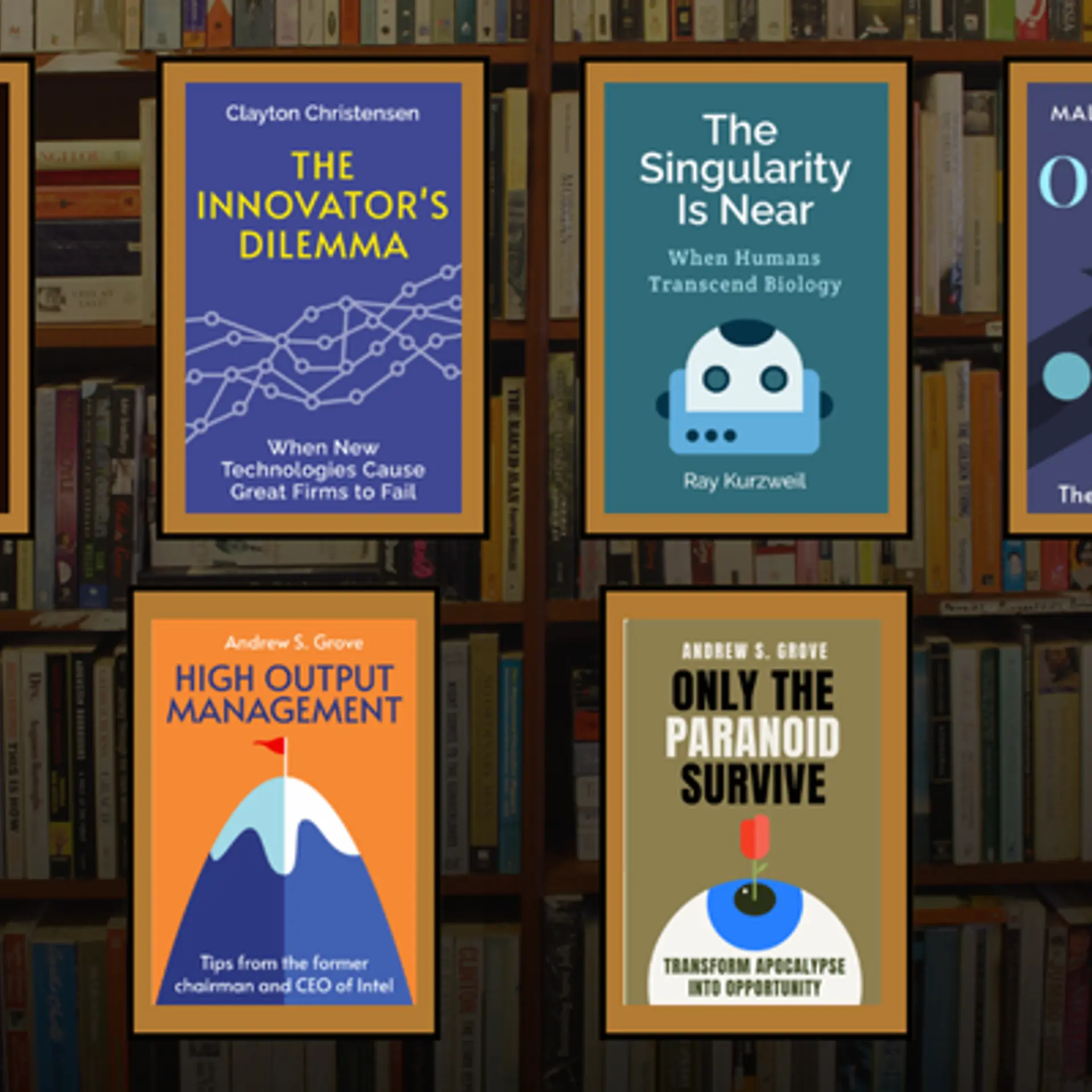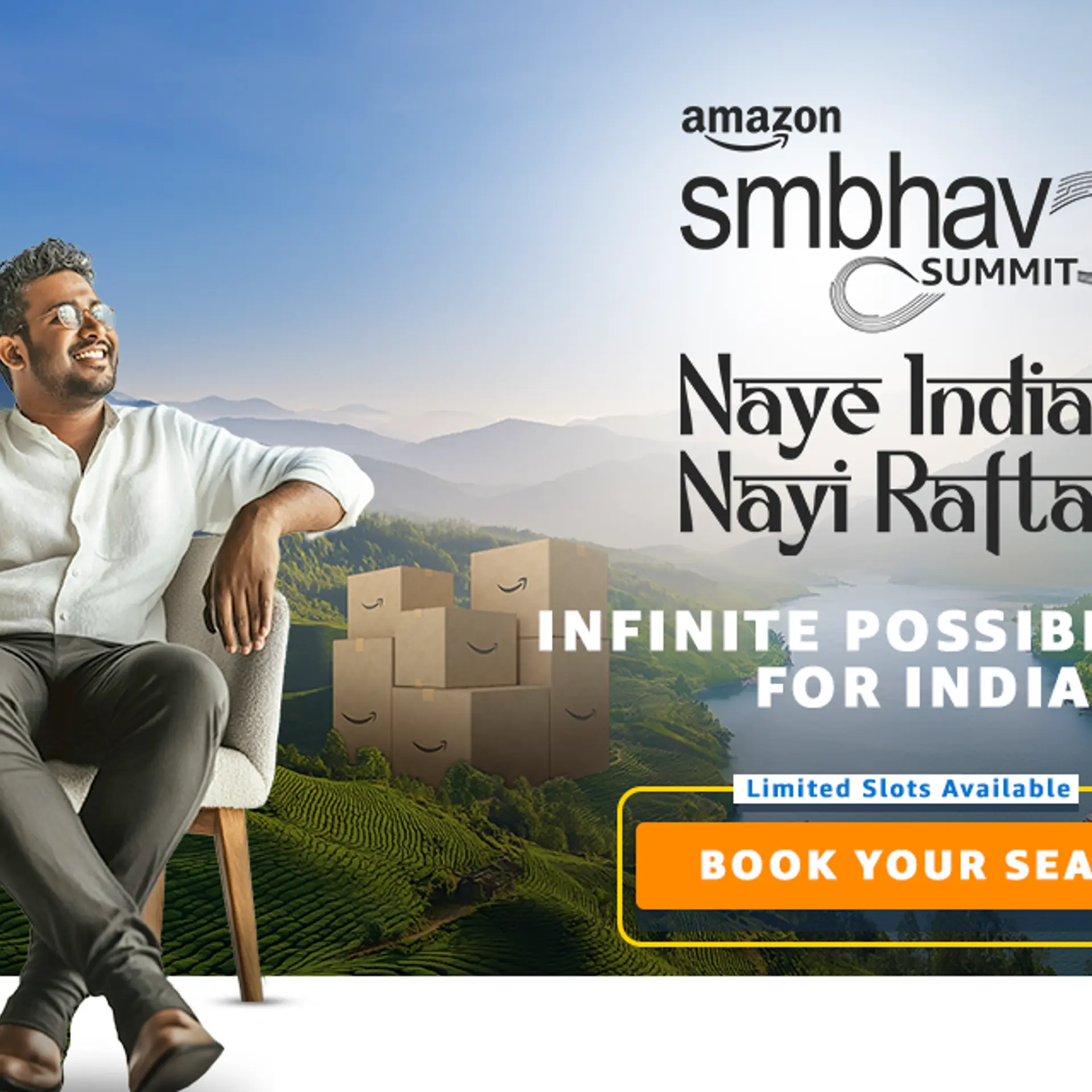Are the Indian Tech Startups Building Platforms or just Products?
Monday February 06, 2012 , 4 min Read
Let me start by asking this question – what differentiates a platform from a product? A product is typically targeted at consumers and the only metric to measure the success of a product is the number of consumers using the product or the market share. But what is a platform? A platform is a product that goes beyond the consumers and builds a thriving ecosystem around it. Majority of this ecosystem consists of developers and other product companies that embrace and extend the original product. Facebook is undoubtedly a platform. That is because there is a very healthy ecosystem around Facebook that literally brought everything from the digital storefronts to the commercial e-learning services into Facebook platform. The other example is Amazon.com, which is one of the early companies that realized the advantage of building a platform and not just an online ecommerce store. That enabled Amazon to quickly become the only digital outlet for traditional brick and mortar retail companies. In the recent past many companies successfully transitioned from a product company to a platform company. Apple and Google are the examples of the new generation platform companies. Of course, Microsoft made sure that everything that they built is a platform by encouraging its partners to complement the functionality. Do you know that the most popular consumer product of Microsoft, Microsoft Office is a strong platform? There are tens of thousands of companies whose products and business models revolve around the Microsoft Office platform.
Technically what turns a product into the platform is the Application Programming Interface or API. An API is a hook for developers to tap into the power of a product. This opens up many avenues for the developers to extend the scenarios that go beyond the original intent of the product. An API lets developers automate the functionality without going through the user interface. For example, if you are an ecommerce website, you can integrate your product tracking page with the Blue Dart API to provide a unified and seamless experience to your customers to track the status of their order. Interestingly, once a product starts exposing the basic API, the consumers of the API will drive the innovation and will influence the evolution by shaping the roadmap. Over a period of time, the API becomes mature and starts powering other successful products and services thus transforming the original product to a complete platform.

When it comes to Indian startups, it is hard to find APIs even among the popular ones. For example, redBus.in can open a simple REST endpoint to find all the bus operators available in a specific route. Flipkart.com can expose their catalog as a search-able API. WhatsonIndia.com can provide an API for the TV listings. JustDial.com is a great candidate for the local listings API. These products / services might be technically designed to expose the APIs, but the fact is that they are not discoverable by developers. Exposing a part of the product/service through APIs will only help in driving the adoption and growing the ecosystem. More developers means more consumers and more consumers will bring the social aspect to the platform. In the long term, the API will become the force multiplier of the platform.I did find a couple of Indian tech companies exposing the API. One is Zomato.com and the other is KooKoo.in. The later had to expose APIs because it is their core offering but I was glad to see Zomato.com dedicate a section to developers. I may be missing other companies offering the APIs. If you have an API for your online product / service, please do let us know. We will be happy to cover or provide a sample use case to our audience.

Do remember that the browser is not the only channel for your customers. With the Android and iOS penetration, many customers prefer to have an App in their mobiles or tablets to access the product. Going forward, it will be Smart TVs that will become a frontend inviting the couch surfers to use your product. I was pleasantly surprised to see the Zomato App on my 55” Samsung Smart TV!
I want to share one final thought. Many product architects and developers may think that an API layer can be added later after going live with the product. But remember that the API design is very crucial to the product strategy and it has to be baked into the core design right from day one. It is extremely hard and expensive to add an API layer after on-boarding hundreds of customers.
Let’s hope to see more platform companies emerging from India in the future!
- Janakiram MSV, Chief Editor, CloudStory.in






